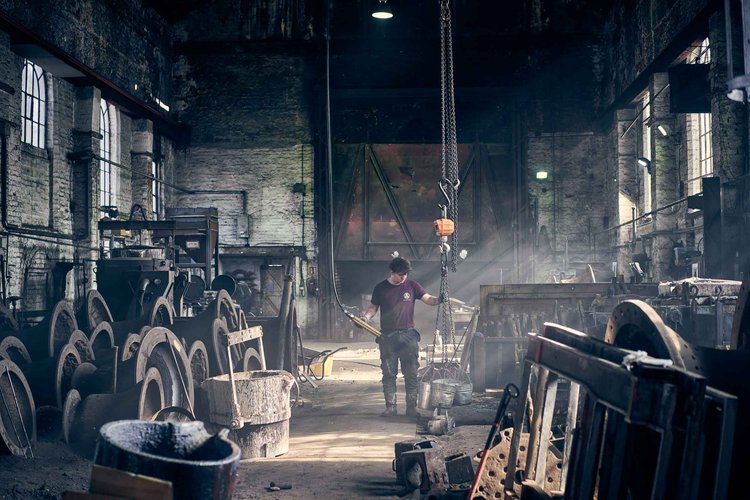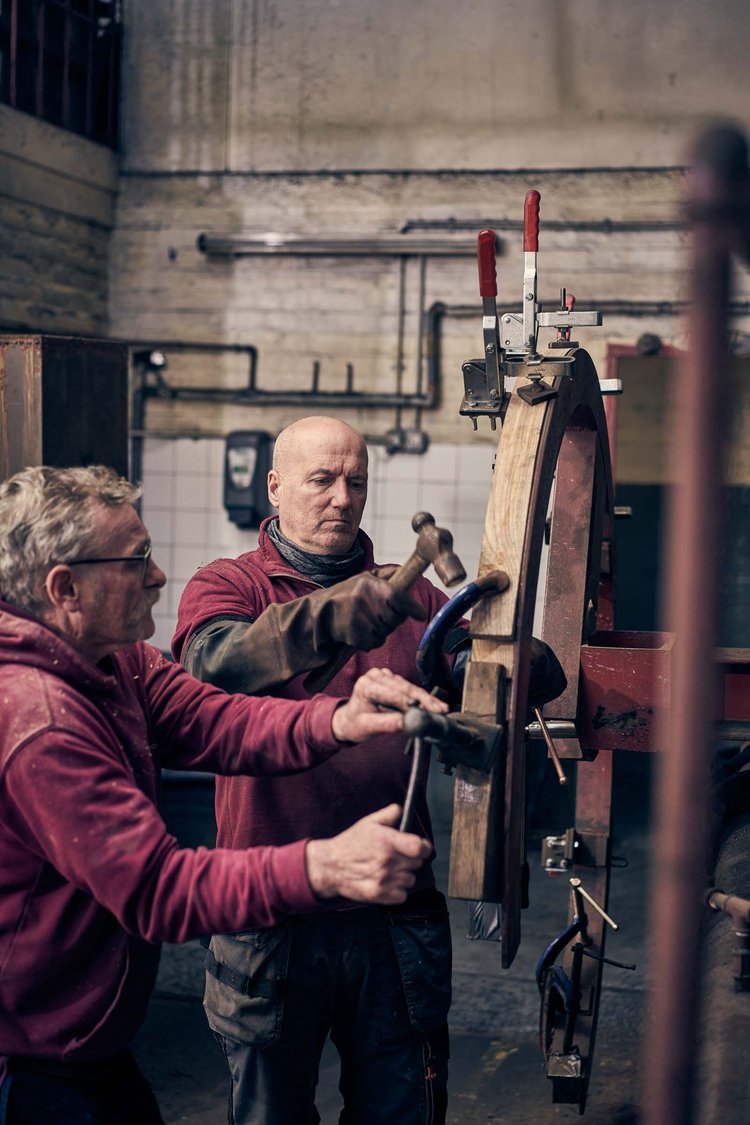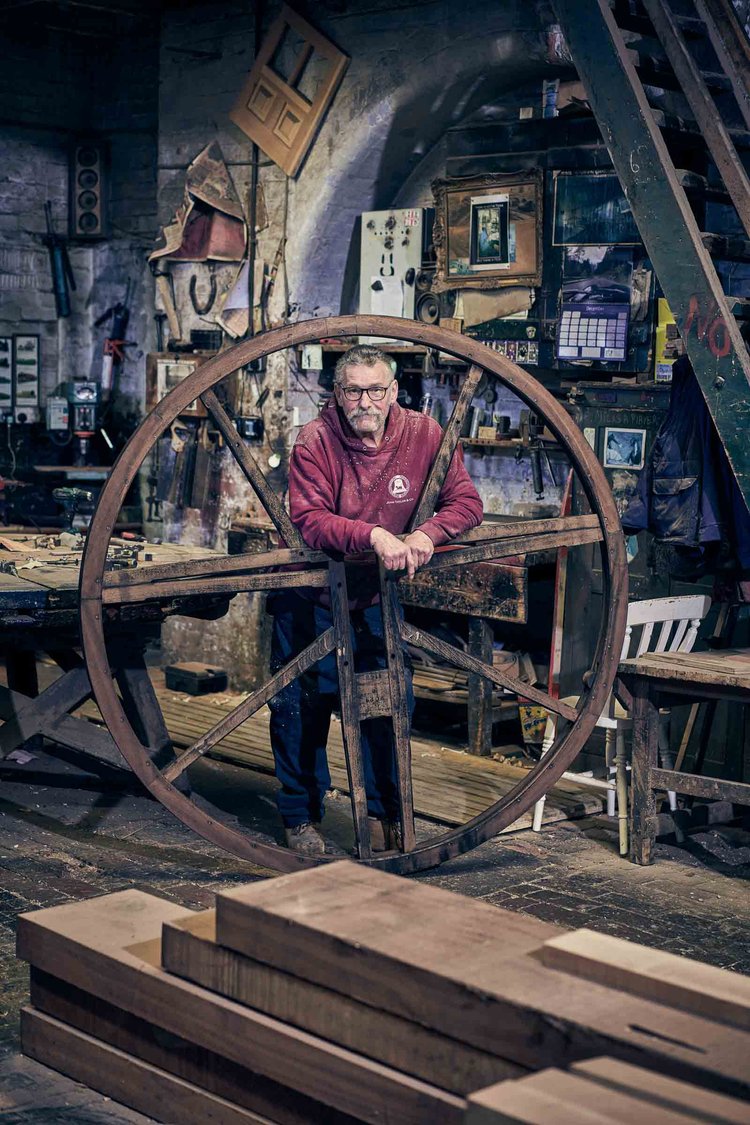Taylors Bell Foundry
John Taylor & Co in Loughborough is the only major bell foundry left in the UK. The bells it has produced ring at St Paul’s Cathedral and chime in clocks, bell towers, churches, universities, and public buildings in over 100 countries.
It is also a place full of history. The foundry moved to its current site in 1859 and, with its many Victorian workshops, is slightly reminiscent of Hogwarts. More large bells have been cast here than at any other bell foundry in Britain. And it still attracts engineers who are passionate about producing the perfect bell. In this programme, we hear from some of them, including foreman Anthony Stone and bell tuner Girdar Vadukar.
The largest church bell in Britain, Great Paul, which weighs in at nearly 17 tons, was cast at Loughborough in 1881. Three furnaces were needed to melt the metal, and the bell had to cool down in its pit for six days before they were able to lift it out and take the casings off. An agricultural steam engine then pulled the bell to London on a specially adapted cart. After adventurous months on the road, it was finally hung at St Paul’s Cathedral – and as the Surveyor of the Fabric, Oliver Caroe, explains, this took enormous ingenuity and a hefty dose of whale oil.
What resonates strongly is the enormous passion everyone in this programme has for bells – not just their sound, but the entire sensuous experience of producing and using them. And the fact that they are likely to outlast the people who made them, in many cases by hundreds of years.





































